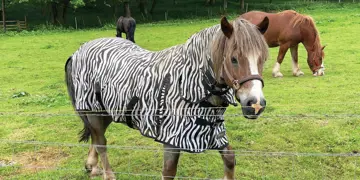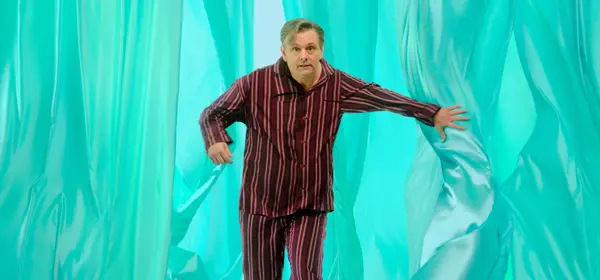Rare diseases: zebras, okapis, and the odd unicorn
Rare diseases: zebras, okapis, and the odd unicorn
Medical adages usually tell us to expect common conditions, instead of seeking the rare diagnoses. Unfortunately, they are missing the point
The illustration of a horse wearing a zebra-striped rug in the article about rare diseases in The Doctor magazine this week brought a lot to mind!
As any search engine will inform you, there are many variants of the phrase ‘when you hear hoofbeats behind you, don’t expect to see a zebra’. This and its variants are common medical adages intended to indicate that ‘common things are common’.
Unfortunately, I believe it misses the point – until you look, it could be any hoofed quadruped. In my mind, the best interpretation of this adage is that you should do an appropriate investigation to differentiate the possibilities. This could be as simple as taking the history, or visually examining the subject (I’m mixing the adage with the clinical setting). The simplest test I can think of to differentiate horse from zebra is to look for stripes, but to consider the possibility of missing a rare diagnosis, don’t forget the okapi!
All these thoughts (and more) occurred to me when I was a medical student, first hearing the adage 40-plus years ago, yet missing rare diagnoses still remains a stumbling block for many.
There are only about 7,000 rare diagnoses – surely knowing of the top few hundred in your specialty is not too much to ask?
Richard Whitehouse
In my radiological practice I actively seek rare and unusual diagnoses that are suggested by the imaging appearances (albeit rarely supported by adequate or even accurate clinical information). I am spurred on by the data – about 10 per cent of the population will have a rare diagnosis (though not necessarily the reason for their current presentation) and there are only about 7,000 rare diagnoses – surely knowing of the top few hundred most likely to present to your own clinical specialty is not too much to ask of a highly paid professional?
As a caveat, many of the unusual diseases I come across are not necessarily ‘rare’ but have presented with the ‘wrong’ demographic – for example, a paediatric condition first presenting in adulthood, or a ‘skateboarder fracture’ occurring in a horse rider.
I have my own adage: ‘If you see (radiologically) unusual or unfamiliar appearances, are they due to an atypical variant of a common condition, or are they the typical appearances of something you don’t know about?’
Or, more snappily: ‘if your horse has a narwhal-like horn – it’s not a horse, it’s a unicorn’, which I prefer to ‘if your horse has stripes – it’s not a horse, it’s a zebra’, due to the wider differential for the latter.
Richard Whitehouse is a consultant musculoskeletal radiologist at Manchester Royal Infirmary



